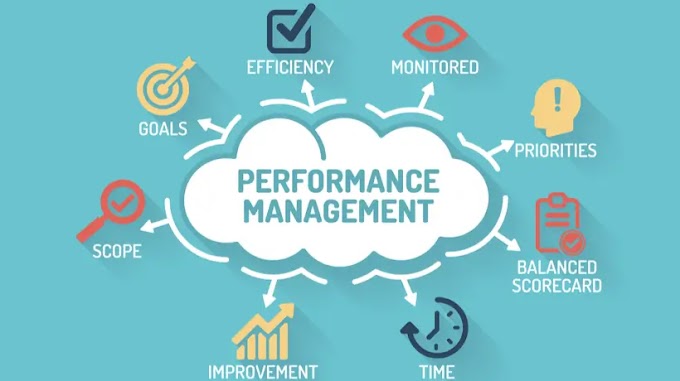Hanoi is the capital city of Vietnam, home to over 7 million people. The city's rapid industrialization and urbanization have led to high levels of air pollution, affecting the health and well-being of its residents. This article will explore the causes of air pollution in Hanoi, its effects, and the efforts made to address the problem.
 |
| HA NOI |
I. Introduction
A. Explanation of Air Pollution in Hanoi
Air pollution is a serious problem in Hanoi, with the city ranking among the most polluted cities in the world. The main pollutants in Hanoi's air are fine particulate matter (PM2.5), nitrogen dioxide (NO2), and sulfur dioxide (SO2). These pollutants come from various sources such as transportation, industrial activities, and agricultural practices.
B. Importance of Addressing Pollution in Hanoi
Air pollution has severe effects on the health of Hanoi's residents and the city's economy. Studies have shown that exposure to air pollution increases the risk of respiratory problems, cardiovascular diseases, and premature death. Moreover, air pollution can cause loss of productivity and increased healthcare costs. Therefore, it is essential to address the issue of air pollution in Hanoi.
II. Causes of Pollution in Hanoi
A. Transportation
1. Motorbikes
2. Cars and buses
B. Industrial activities
1. Factory emissions
2. Construction sites
C. Agricultural activities
1. Crop burning
2. Livestock farming
III. Effects of Pollution in Hanoi
A. Health problems
1. Respiratory problems
Exposure to air pollution can cause respiratory problems, including coughing, wheezing, shortness of breath, and asthma attacks. These symptoms are especially problematic for vulnerable populations, such as children, the elderly, and people with preexisting respiratory conditions.
2. Cardiovascular diseases
Long-term exposure to air pollution can increase the risk of cardiovascular diseases, including stroke, heart attack, and hypertension. Studies have shown that people living in areas with high levels of air pollution have a higher risk of dying from cardiovascular diseases than those living in cleaner areas.
B. Economic impact
1. Healthcare costs
The health effects of air pollution can lead to increased healthcare costs for individuals and the government. People suffering from respiratory and cardiovascular problems may require frequent visits to the doctor or hospital, which can be expensive.
2. Loss of productivity
Air pollution can also lead to a loss of productivity in the workforce. Employees suffering from respiratory problems may need to take time off work, and businesses may experience a decrease in productivity due to employee absences and reduced efficiency.
IV. Efforts to Address Pollution in Hanoi
Despite the severe pollution problem in Hanoi, there are concerted efforts by the government and the public to address the issue.
A. Government initiatives
1. Environmental policies and regulations
The Vietnamese government has implemented various environmental policies and regulations to address the pollution problem in Hanoi. In 2014, the Law on Environmental Protection was revised, which emphasized the need for stricter enforcement of environmental regulations, including penalties for violators. Additionally, the government has established a number of environmental institutions to manage and monitor environmental issues.
2. Clean Air Action Plan
In 2016, Hanoi's government launched the Clean Air Action Plan (CAAP) with the aim of improving air quality in the city. The CAAP focuses on reducing emissions from the transportation, industry, and construction sectors. The plan also promotes the use of clean energy, including renewable energy sources such as solar and wind power.
B. Public awareness and participation
1. Education campaigns
Public awareness campaigns have been initiated to educate Hanoi residents about the negative effects of pollution on health and the environment. The campaigns aim to encourage individuals to change their behaviors to reduce pollution, such as using public transportation or reducing plastic waste.
2. Community involvement in clean-up efforts
Various community-based initiatives have been launched to clean up Hanoi's streets, rivers, and lakes. These initiatives involve volunteers who work together to collect and dispose of waste. Some of the initiatives include the "Green Sunday" campaign, where volunteers clean up parks and streets, and the "Green Summer" campaign, which involves university students participating in environmental activities.
V. Future Outlook
A. Progress made in reducing pollution
While there is still a long way to go, some progress has been made in reducing pollution in Hanoi. According to the city's Department of Natural Resources and Environment, the concentration of PM2.5 in Hanoi decreased by 10-15% in 2020 compared to the previous year, thanks in part to the COVID-19 pandemic reducing traffic and industrial activities.
B. Challenges that still need to be addressed
Despite the progress made, there are still many challenges to address, including the lack of public transportation infrastructure and the need for stricter enforcement of environmental regulations. Additionally, changing behaviors and attitudes towards pollution will take time and effort.
C. Importance of continued efforts to improve air quality
The importance of continued efforts to improve air quality in Hanoi cannot be overstated. Air pollution has significant negative impacts on public health and the environment, and addressing the issue requires sustained commitment from the government and the public.
👉 Read more posts with the same topic
VI. Conclusion
Hanoi's air pollution is a complex issue that affects the health and well-being of its citizens, as well as its economic development. In this article, we have discussed the main causes of pollution, its effects on human health and the economy, and the efforts being made to address this problem.
Motorbikes, cars, and buses are the main sources of transportation in Hanoi, and their emissions contribute significantly to air pollution. Industrial activities, including factory emissions and construction sites, also play a significant role, as do agricultural activities such as crop burning and livestock farming.
The effects of air pollution in Hanoi are serious, leading to respiratory and cardiovascular diseases, and resulting in increased healthcare costs and reduced productivity. However, there is hope for the future, as the government is implementing environmental policies and regulations, including the Clean Air Action Plan, to address this problem.
To reduce pollution in Hanoi, it is important for both individuals and the government to take responsibility. People can contribute by using public transportation or cycling instead of driving, avoiding burning waste, and participating in community clean-up efforts. Meanwhile, the government needs to continue its efforts to reduce emissions from transportation, industry, and agriculture.
In conclusion, the importance of clean air cannot be overstated. A healthy environment is essential for the well-being of Hanoi's citizens, and for the sustainable development of the city. By working together, we can create a cleaner, healthier future for Hanoi.







0 Comments